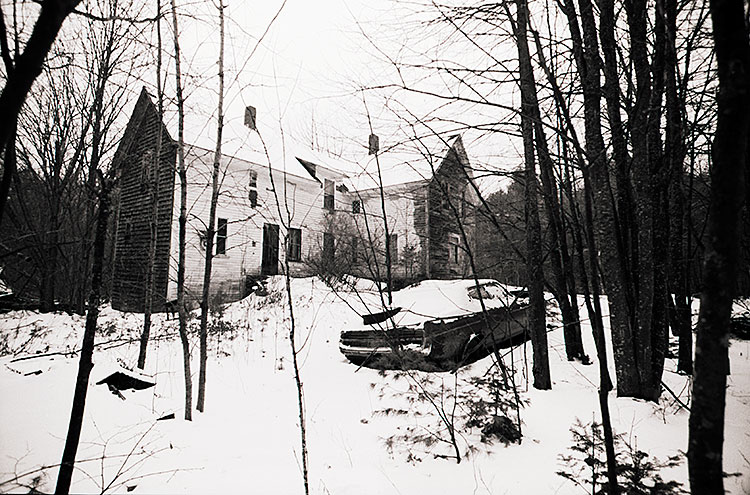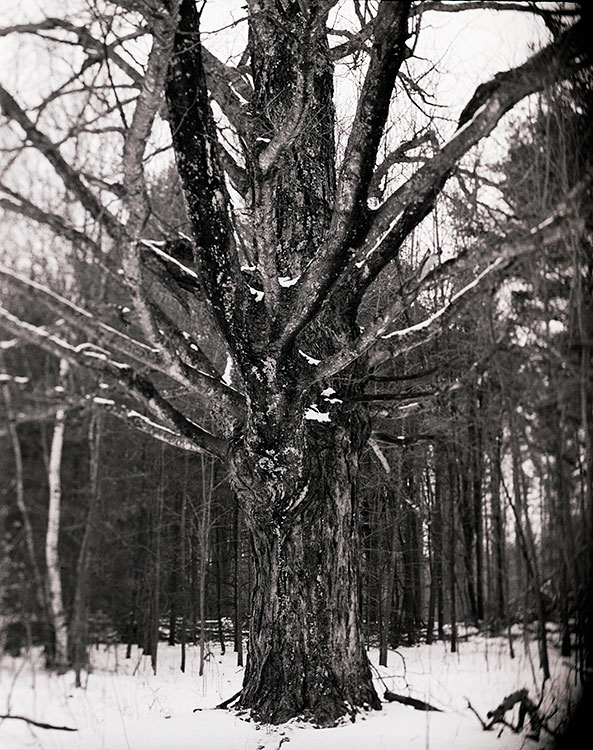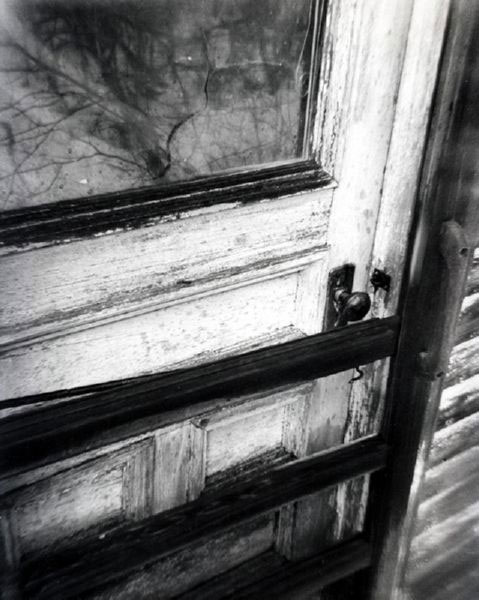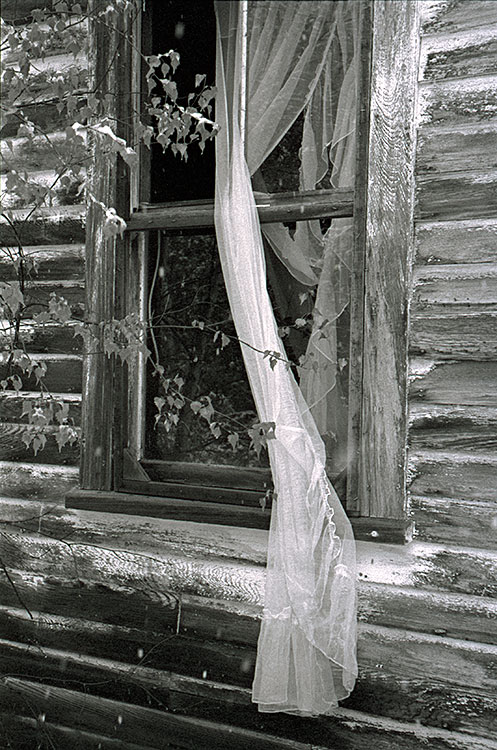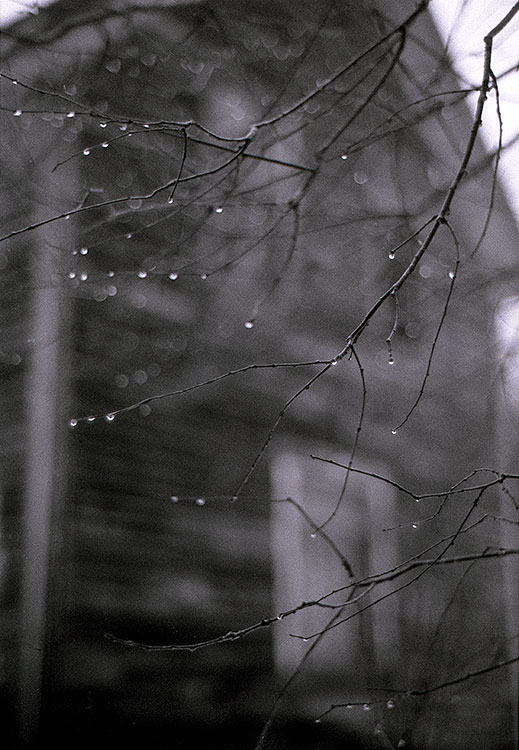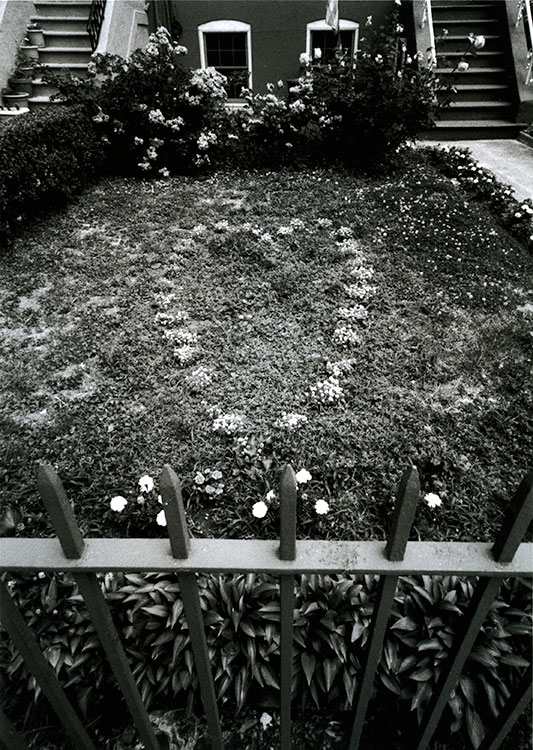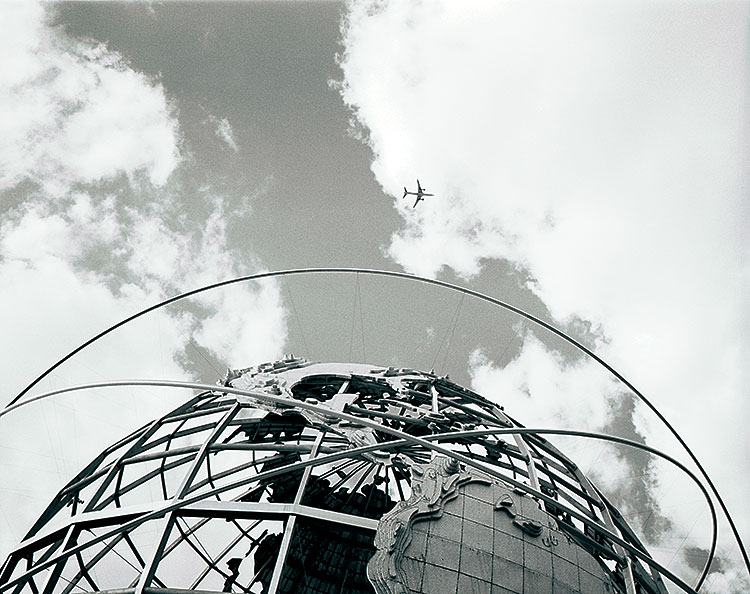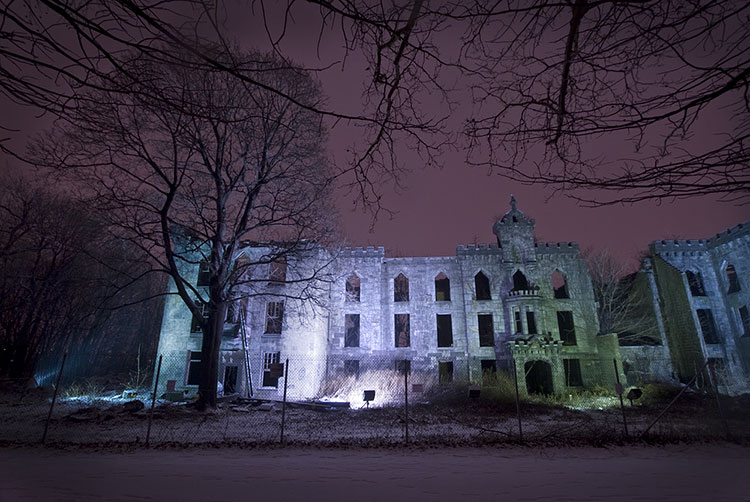 |
 |
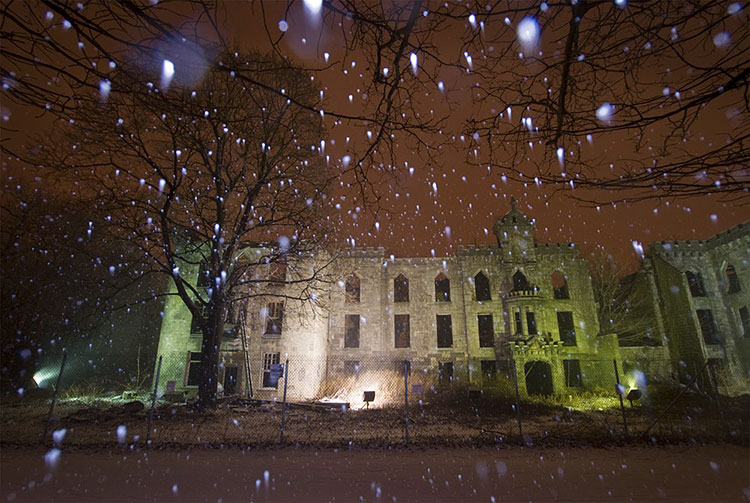 |
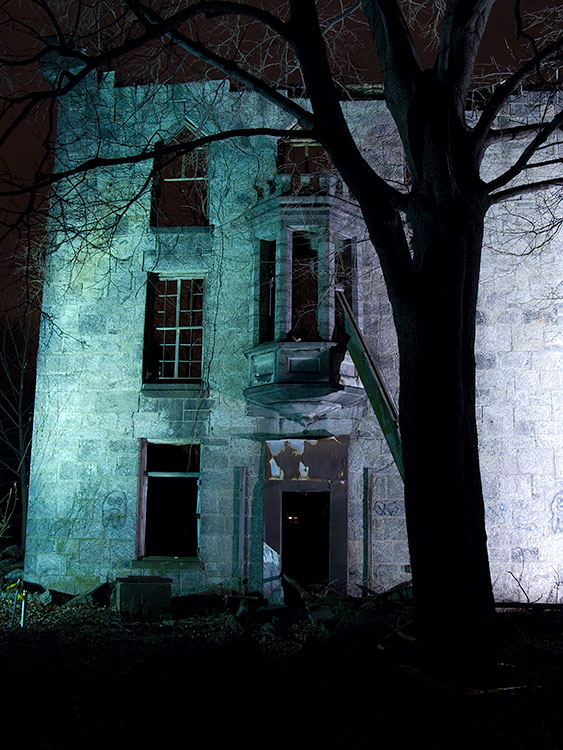 |
 |
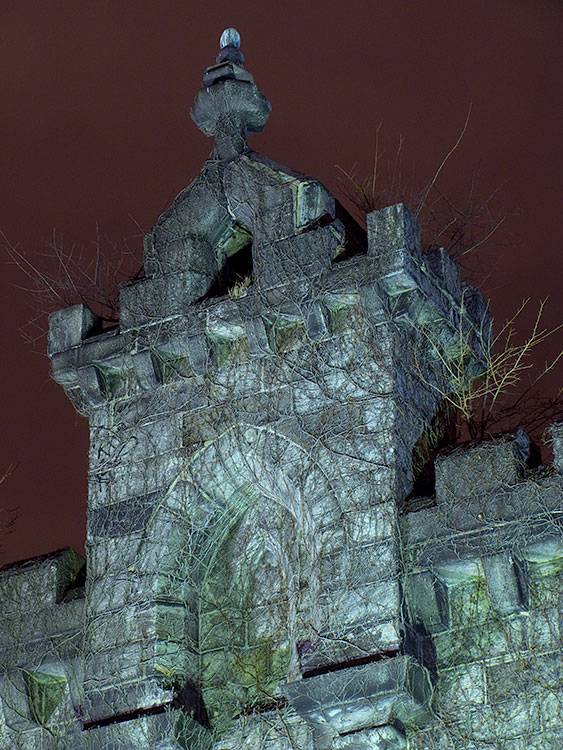 |
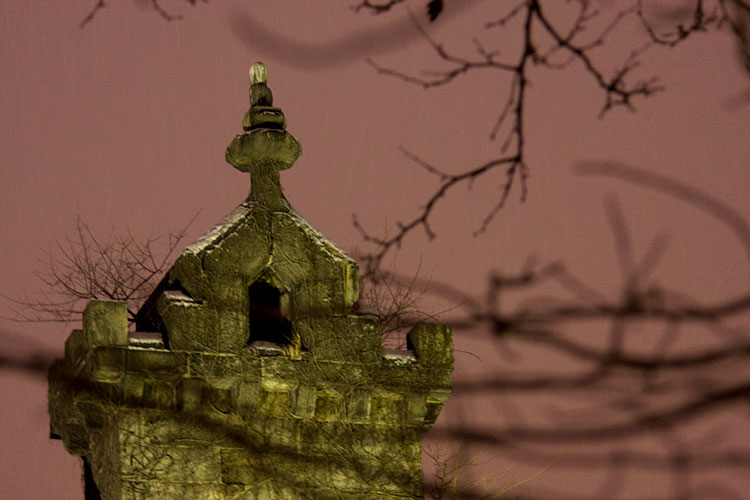 |
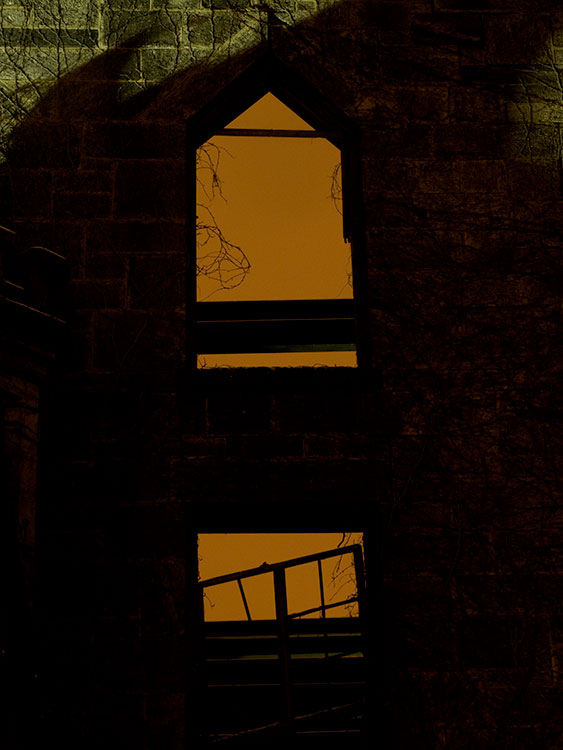 |
 |
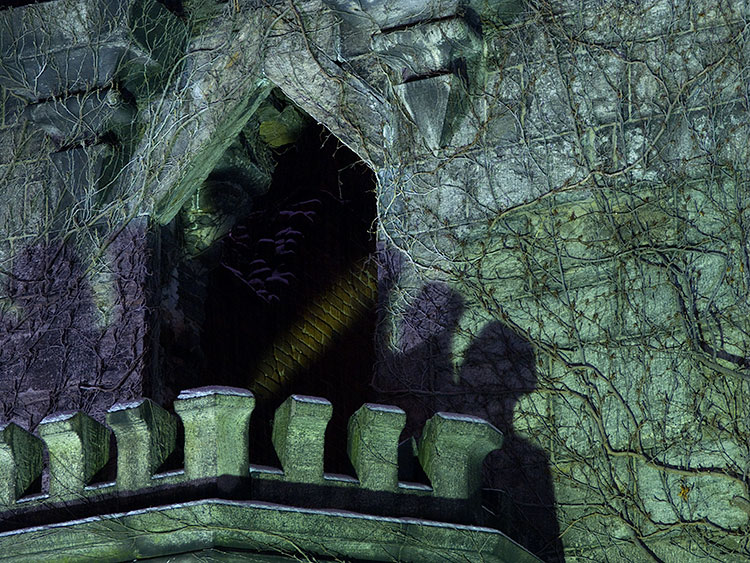 |
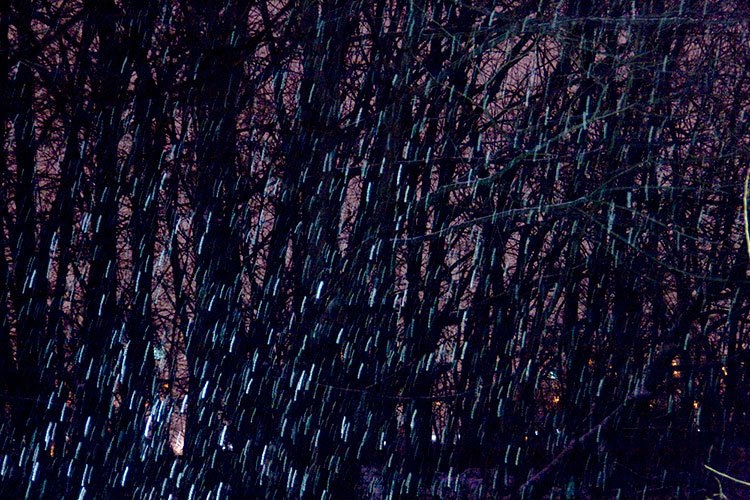 |
The year is 1856.
You are huddled with hundreds of sick people on a ferry along the East river.
The distant foghorn blasts 3 times and as you push yourself closer to the edge of the boat, the mist begins to lift and reveal land and a castle…
People are there to greet you, people and crates.
Actually those aren’t crates, they are coffins, they are definitely occupied and there are hundreds of them.
This was the scene at the Renwick Smallpox Hospital, which was located at the southern tip of Blackwell Island, halfway between Manhattan and Queens.
Designed by the architectural genius, James Renwick Jr., the hospital was built for the modest sum of $35,000 from 1854-6. Of course, it’s easy to keep your overhead low when you have free labor from the island’s prison population and a quarry of gray gneiss at your doorstep.
James Renwick Jr. entered Columbia at the ripe age of 12, and was a major player in the Gothic revival period. His first commission was New York’s Grace Episcopal Church and he continued his amazing career by designing St Patrick’s Cathedral, Corcoran Gallery of Art, and the Smithsonian Institutional Building among others.
The Renwick Smallpox Hospital was the first in the nation to accept patients with this plague or other contagious diseases like scarlet fever, measles, and typhus. It was built to hold a few dozen patients, but from the beginning it was severely overcrowded. Records indicate that it treated 3000-4000 patients in the 1850’s and over 6,000 during the 1860’s. If you were rich and sick, $1 a day would get you onto the top two floors. If you were poor, you were relegated to the first two floors, where several patients would be assigned to one bed in truly appalling conditions. $5 extra a week got you marginally better food, but the percentage of people to walk out Renwick’s doors cured was barely over 60%.
The Renwick Hospital became known as Deadhouse and The Pest House because of the thousands of coffins it ushered out its doors. Even though there was a cure for smallpox in the early 1800’s, it was expensive and 1 out of 100 would die from the vaccine itself. George Washington survived the smallpox disease, and Lincoln battled a mild case 2 days after giving the Gettysburg address.
Over time, and with the decline of this disease, the hospital was expanded and turned into a very respectful nurse’s training facility. However, Renwick’s Hospital was feeling the weight of its years and was seriously antiquated by the 1950’s and starting to crumble in the 60’s. In those years there were very few preservationist groups and few landmarked buildings, but by the 1970’s the Renwick Smallpox Hospital was officially declared a Landmark.
An anonymous donor in 1993 had floodlights installed to cast an eerie evening glow onto the facade of the Hospital. Spectacular views of “Manhattan’s Castle” can be seen at night driving along East side river or flying into LaGuardia Airport.
Since moving here in 2001, I have been fascinated with this building and have tried to shoot it. However, walls and barbed wire fences have been most prohibitive. In late January 2008, a good friend and fellow pinholer, Tom Persinger suggested a Smallpox Hospital Photo Shoot. His father lives on the the former Blackwell Island, now called Roosevelt Island, and said the southern tip was quite accessible. The State is currently in the process of a $12.9 million ‘Phase One’ project to stabilize the Renwick ruins and build a public park and have already landscaped pathways at the southern end of the Island. This project is trying to be sped up due to the collapse of Renwick’s north wall on December 26 of 2007.
So Tom and I ventured out on a cold afternoon with the talented Holga and Zone plate phenom, Erin Malone. There’s a chain-link fence surrounding the Smallpox Hospital and I, of course, quickly found a not so legal way around it. Not much was left inside the Hospital but piles of bricks and plenty of trees. The facade, the framework, was really all that remained. I was having some technical difficulties shooting that day and vowed to come back…at night.
I went on a scouting mission on February 6th, 2008 to see if it was even accessible at night. The sun was setting by the time I arrived at 5:30pm. The main gate to the southern tip of the island was over 10′ tall and had barbed wire, but it was open. With tripod and my new Canon G9 in hand I quickly rushed down the 60+ yards to the Hospital. I didn’t want to break in at night, I just chose to shoot through the fence and test the exposures. The floodlights were bathing the Hospital in what seemed like white light but my camera was reading as eerie shades of blue and green.
An hour later I was still shooting when the cop car drove up beside me, “We closing up bossman” said the driver.
What? Bossman? I wasn’t being arrested?
Technically, I wasn’t trespassing.
I asked the cop what time they shut down the park to which he replied, “Around sunset, or when it starts to get dangerous.”
“Dangerous?!” I replied, “Well, thanks for the warning.” and started to walk back towards the gate.
Unfortunately the gate was now closed and locked.
Uhmmm… I definitely was assessing the situation and it didn’t look good. But then the cop car came back around from doing his loop and thankfully unlocked the gate.
The next week I returned with my fellow Nocturnalist, Andre Costantini, who was featured previously here with our Red Hook Night shoot.
As luck would have it, February 12th, 2008, was one of the few days in which it snowed in the city. Did that deter Andre and me? Hell no! We arrived at 5pm, set up, and witnessed an amazing sunset through the snow clouded night. It was truly spectacular, and the images featured here are the best of both or our work from that evening.
(Click on each of the photographs above to see the artist and larger image size and details.)
It truly was a great shoot under the aura of this ancient castle. Of course the same cop, Ray, came to get us at 7pm, “We are closing up bossman.” he said again from the police car. Because I knew the drill and it was cold outside, I asked Ray if he could give us a lift to the train station which was a 5 minutes drive away. “Come on in, did you get some good shots tonight?” Ray asked as Andre and I jumped into the cop car and headed home.
(Historic information regarding this blog was taken from several of Jami Bernard’s articles from Roosevelt Island’s Independent newspaper, Main St WIRE and from the Roosevelt Island Historic Society.)


